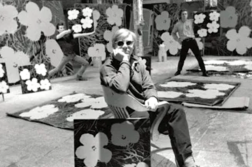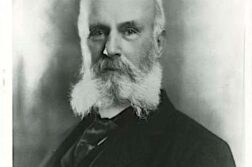This article first appeared in Salon.com, at www.Salon.com. An on-line version remains in the Salon archives. Reprinted with permission.
LAST MONTH, the Montgomery County Board of Education in suburban Maryland settled a lawsuit over sex education in the county’s public schools, brought in part by PFOX (Parents and Friends of Ex-Gays and Gays). The group is a branch of a national network of “ministries” that claim homosexuality is a chosen and dangerous lifestyle, and that through “reparative therapy” a gay person can be turned straight—into an “ex-gay.” PFOX won a restraining order in May and successfully halted the county’s new sex ed curriculum, intended, among other things, to promote tolerance toward gays by treating homosexuality as natural and benign. A judge concluded the school curriculum did exclude other views on homosexuality—namely, those of PFOX. Under the settlement last month, the county agreed to pay $36,000 of PFOX’s legal expenses. The group also gets a seat at the table in drafting a new sex ed curriculum for county schools.






